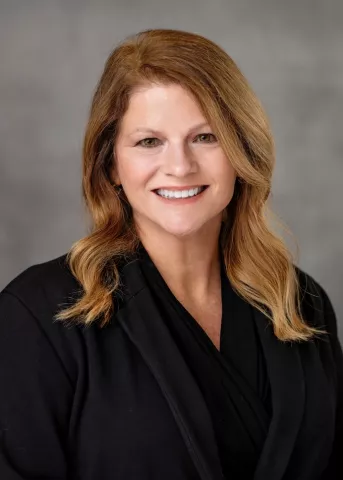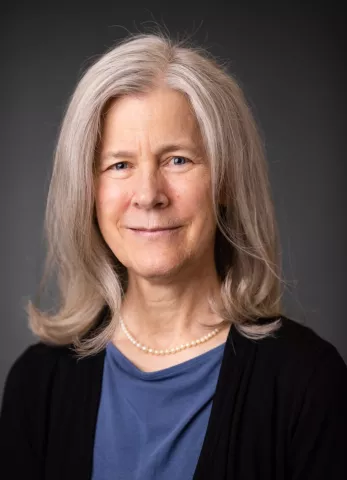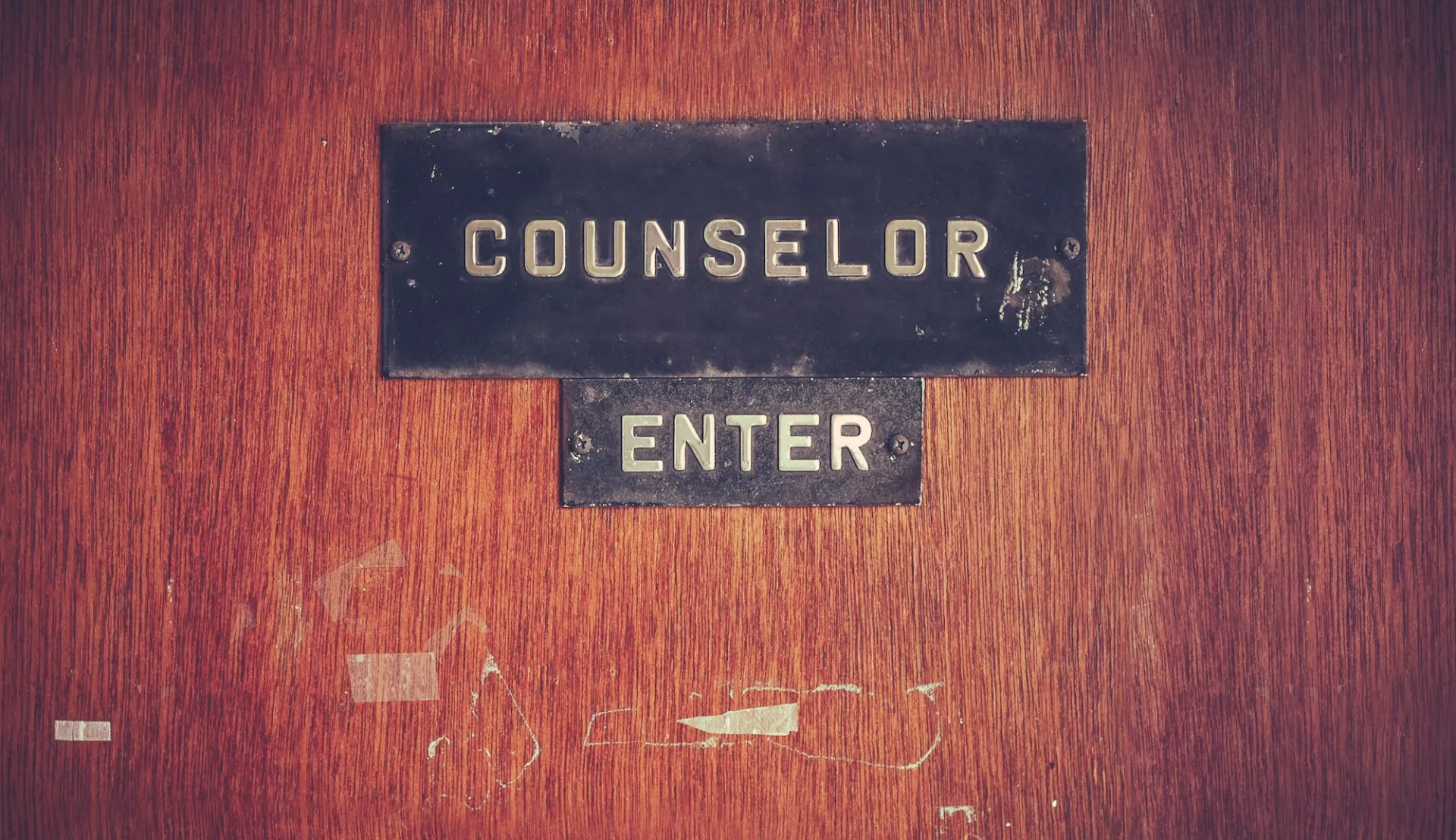
Key Takeaways
- Schools are experiencing an ongoing nationwide school counselor shortage. Forty-eight states are above the recommended students to school counselor ratio of 250:1.
- Government emergency relief funds are set to end next year, which will impact schools using those funds to hire more school counselors. But the Bipartisan Safer Communities Act provides another infusion of resources.
- School counselors struggle to serve all students when asked to perform additional administrative tasks.
As the only licensed counselor in her building, Jessica Kirschner, a school counselor in Minnesota, works in overdrive to support students.
“Kids can’t plan a crisis or anticipate those extra hard days,” Kirschner says. “When you have five or ten kids needing support, then there is not enough of me to go around and meet those needs of every single kid immediately.”
School counselors are struggling to serve students in an ongoing nationwide shortage of school counselors and rollback of government funding.
They are critical to student success. They help students identify and manage emotions, develop strategies for academic achievement and provide short-term counseling to support mental health or make referrals for longer term counseling.
Jill Cook, Executive Director of the American School Counselor Association, says school counselors evaluate what affects attendance, behavior, and grades to create school counseling programs and lesson plans that address the needs of students.
“School counselors tailor their school counseling programs to their unique school and student needs,” Cook says.
Recognizing the crucial services school counselors provide, the ASCA recommends that for every 250 students there is at least one school counselor. However, according to recent research by ASCA, the national average ratio is 385-to-1.
“The good news is that the counselor to student ratio has decreased over the last 12 years and the number of school counselors in K-12 public schools continues to increase,” Cook says.
But public schools across the nation are still nowhere near the desired ratio. Data from the Department of Education reveals that 17% of high schools do not have a school counselor, amounting to 653,700 high school students without this critical service.
Barriers for Aspiring School Counselors
“Every school, every student should have access to a school counselor, a school social worker, and a school nurse,” Cook says. “That means more funding for qualified personnel.”
In most states, school counselors can only be licensed if they obtain a master’s degree. Cook believes this presents an obstacle for those interested in the profession but lack the money and time needed to get the advanced degree.

“We’re working with the State Department of Education and our state associations to ask how we can think differently [about certification] to ensure that we have qualified, trained individuals that can step into these positions without those barriers,” Cook said.
The shortage of qualified personnel also affects the morale of school counselors, says Kathryn Robertson, a school counselor in Texas. She believes turnover can lead to more counselors burning out and leaving, too.
“Losing staff exacerbates the shortages,” Robertson says. “More staff members are worried that they are going to be the only ones still there, and they are already overworked because of staff shortages.”
Critical Government Funding
Robertson’s school received funding from the historic American Rescue Plan, passed in early 2021, which they used to hire and support staff.
While Robertson is the only full-time school counselor at her elementary school, she has support from a part-time counselor hired through the ARP funds.
The part-time school counselor works at two different schools, spending 2-3 days per week at each location, which is a common practice for school districts in need of more staff.
But the federal funds are only available until September 2024, and it remains unclear if that position will remain.
“It will be challenging to make sure that we have enough counselors on staff,” Robertson says. “Honestly, I can’t imagine doing this job without my half-time counselor; she does so much for us and her other campus.”
As critical as the ARP funds have been, educators continued to advocate for more counselors and other mental health professionals. The Biden administration responded with the Bipartisan Safer Communities Act (BSCA), signed into law in June 2022. The law provides $1 billion million through grant programs to increase the number of school counselors, social workers, and psychologists in schools, and help train these professionals in providing the mental health services students need. Overall, It is estimated that the new funding will add 5,500 mental health professionals in schools.
School Counselors Take on Additional Administrative Tasks
Many school counselors try to best serve their students while juggling extra responsibilities that go beyond the description of a school counselor, including long-term subbing, lunch duty, and test coordination.
“I’m very fortunate that my principal understands how important counseling is, but I know a lot of counselors need to be their campus testing coordinator, and that takes up a lot of their time in the spring,” Robertson says.

Ellen Armbruster spent three years as a school counselor before becoming a professor in the department of counseling at Central Michigan University, where she has taught for 11 years.
“School counselors need to be allowed to do the work they are trained for and not be required to engage in non-school counselor duties,” she says. “Administrators can support student wellness by protecting the role of their school counselors and the role that they play in caring for academic and career success, and especially the social, emotional development of their students.”
Armbruster believes a key way to decrease the ratio, and ultimately help school counselors better serve their students, is by having educators and administrators write to their legislators.
“Be heard about how important school counselors are to the wellbeing of the next generations,” Armbruster says. “Ask your legislators to introduce bills that would reduce the student to school counselor ratio.”
Although they face challenges, counselors like Jessica Kirschner says they remain hopeful and dedicated to the service of students in their profession.
“I love what I do, and my students are fabulous,” Kirschner says. “It’s a wonderful job and I wouldn’t want to do anything else.”
